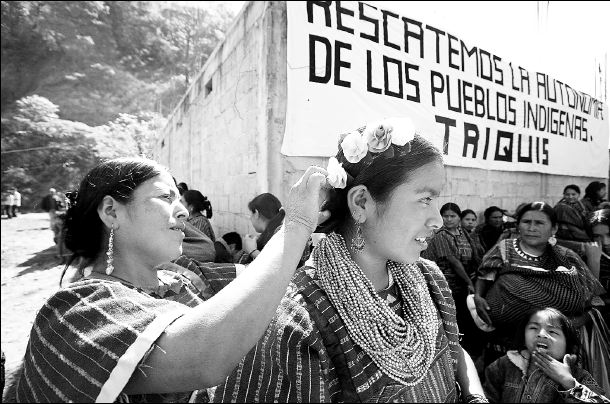By Ali Sprott-Roen
Impunity Watch Reporter, North America

JUAREZ, Mexico – In the second death of a Mexican citizen at the hands of an American border patrol agent in two weeks, 15-year-old Adrian Hernandez Huereka of Juarez was shot in the head and killed on June 7th. He was believed to be throwing big rocks at the Border Patrol agents who were trying to detain illegal immigrants.
The boy’s body was found on the Mexican side of the Rio Grande, while the Border Patrol agent, who was on bicycle patrol, was on the U.S. side. U.S. authorities claim that the agent was defending himself and fellow agents, however Mexican President, Felipe Calderon, has condemned the death and the Mexican Secretary of the state has stated that using a firearm to respond to a rock attack is a “disproportionate use of force.”
According to the U.S. Customs and Border Protection spokesman, Border Patrol agents are allowed to use lethal force “when an agent is in imminent threat of physical or bodily harm, which could cause death or injury or in protection of an innocent third party.”
The Border Patrol agent who shot Huereka claims he was surrounded by suspected illegal immigrants who were assaulting him with rocks, but a video obtained by CNN has casts doubts on this report. The video shows the border agent emerging on his bicycle from underneath a railroad bridge linking the U.S. and Mexico, then detaining one individual who he drags along the concrete before raising his arm, with what appears to be a firearm in hand, moments before two shots are heard fired. Witnesses on the video can be heard saying in Spanish, “they’re throwing rocks,” as well as “they hit him…they hit him.”
The boy’s body was found approximately 20 feet over the border on the Mexican side. It is believed he was shot at close range due to the presence of spent .40 caliber shell casings found near his body, suggesting that the U.S. agent crossed the border to shoot the boy. Border Patrol agent rules mandate that agents from both countries remain on their respective sides of the border.
The Mexican Foreign Ministry responded to the event by saying that “The growing frequency of this type of event reflects a worrisome increment in the use of excessive force on the part of some border authorities.”
According to the Ministry’s data the number of Mexicans killed or wounded by U.S. border Patrol agents has increased from five in 2008 to 12 in 2009 and 17 so far this year.
For more information, please see:
CBS – U.S. Border Patrol Fatally Shoots Mexican Teen, Incites Anger, Calls for Investigation – 9 June 2010
Silver City Sun-News – Border Patrol agent shoots teen – 8 June 2010
Huffington Post – Border Patrol Agent Shots 15-Year-Old Boy at Bridge – 8 June 2010
CNN – Youth fatally shot by border agent had smuggling ties, officials say – 10 June 2010
Huffington Post – Border Patrol Shooting Video: Footage Emerges Of Moments Before Teenager Was Shot – 10 June 2010


